How Live Plants Act as Natural Filters in Aquariums
Live plants naturally filter aquarium water by removing toxins, improving oxygen levels, and controlling algae. Learn the best plants for a cleaner tank.
Table of Contents
- How Live Plants Function as Natural Filters
- Advantages of Using Live Plants as Filters
- Best Aquarium Plants for Natural Filtration
- How to Set Up a Planted Aquarium for Filtration
- Faq
- Conclusion
Aquarium filtration is essential for providing a healthy environment for fish and other aquatic creatures. Most hobbyists use mechanical, chemical, and biological filters to clean their tanks. Live plants, however, can also act as natural filters that can enhance water quality in multiple ways. The following article examines how live plants work as natural filters, their advantages, and how best to use them in an aquarium.
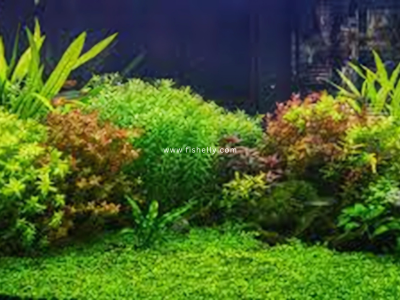
How Live Plants Function as Natural Filters
Live plants serve to keep the water clean in numerous ways using the following biological functions:
Removing Nitrate and Ammonia
Fish emit waste, which is broken down to ammonia. There are bacteria present that will transform ammonia to nitrite and later to nitrate, a harmful substance if its levels get too high. The live plants use these chemicals as nutrients and diminish their quantity within the water.

Absorbing Nutrients from Fish Waste
Fish waste and uneaten food break down into organic compounds, releasing nutrients such as nitrogen and phosphorus. Plants utilize these compounds as essential nutrients, effectively removing waste by incorporating these elements into their growth cycle. This process prevents excessive nutrient accumulation, which could otherwise lead to water quality issues and algae overgrowth.

Oxygen Release and Carbon Dioxide Utilization
Plants are able to create oxygen through photosynthesis, which is necessary for fish and healthy bacteria. Plants also remove carbon dioxide, allowing the aquarium's pH level to remain stable.

Oxygen Generation Life Cycle
1. Photosynthesis During the Day: Plants absorb carbon dioxide and light energy to produce glucose and oxygen, which is released into the water.
2. Oxygen Consumption at Night: In the absence of light, plants switch to respiration, consuming oxygen and releasing small amounts of carbon dioxide.
3. Bacterial and Fish Interaction: Beneficial bacteria break down fish waste, producing carbon dioxide, which plants utilize for photosynthesis.
4. Continuous Oxygenation: The cycle repeats, ensuring a stable oxygen supply and balanced ecosystem within the aquarium.
Trapping Suspended Particles
Plants with heavy roots and leaves have the ability to trap suspended debris and small particles, keeping them from making the water cloudy. This naturally increases the water clarity.
Providing a Habitat for Beneficial Bacteria
The leaves, stems, and roots of plant leaves give very good surface area for useful bacteria to develop on. These bacteria assist in decomposing fish waste and detritus, further promoting water quality.
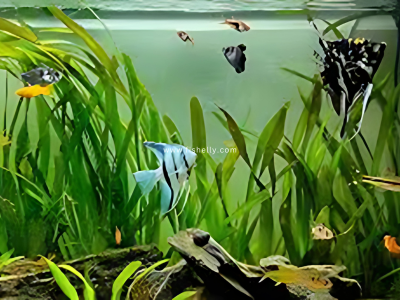
Algae Control
Competition with algae occurs as live plants absorb excess nutrients like nitrate and phosphate, thus lessening the occurrence of algae blooms in the tank.
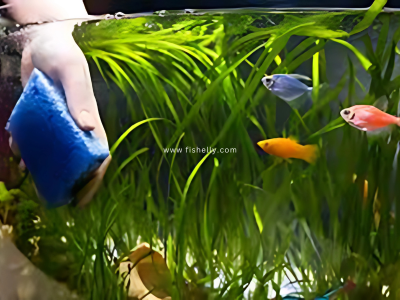
Advantages of Using Live Plants as Filters
1. Natural Water Purification In contrast to mechanical filters, which can only remove physical waste, plants actively eliminate toxic substances and enhance general water chemistry.

2. Improved Aesthetic Beauty Live plants bring natural beauty to an aquarium, building a lush, colorful underwater environment that increases the overall viewing pleasure.

3. Better Fish Health Cleaner water and higher oxygen levels lead to healthier fish with more robust immune systems, minimizing the risk of illness.

4. Lower Maintenance Though still needed, regular water changes and cleaning are less often with a well-planted tank than without plants.
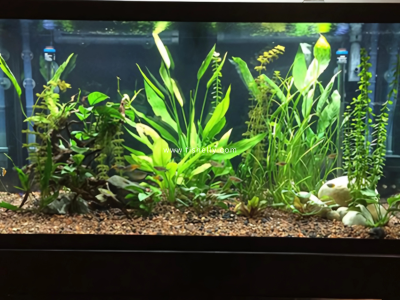
5. Improved Biological Stability A well-planted aquarium presents a more stable environment with lower water chemistry fluctuation, putting less stress on the fish and other tank denizens.

Best Aquarium Plants for Natural Filtration
There are some plants that filter better than others. Here are some of the best:
Anubias: Low-maintenance and hardy, Anubias takes up nutrients from the water column.

Java Fern: Another low-maintenance plant that assists in taking up excess nutrients.
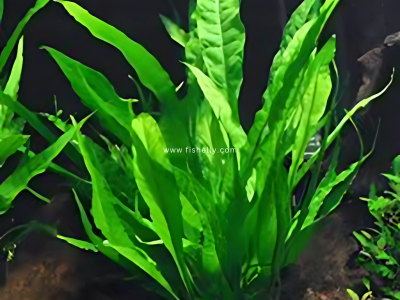
Amazon Sword: A rapidly growing plant that takes up nitrates effectively.

Hornwort: Fast-growing and can take up high levels of waste.

Duckweed: Floats on the surface and takes up nutrients rapidly, suppressing algae growth.

Water Wisteria: A fast-growing plant that oxygenates the water and competes with algae.

How to Set Up a Planted Aquarium for Filtration
To maximize the filtration benefits of live plants, follow these steps: Choose the Right Substrate: Use nutrient-rich substrates like aquasoil or gravel enriched with root tabs to support plant growth.
Provide Proper Lighting: Most aquatic plants require moderate to high lighting for effective photosynthesis.

Use Liquid Fertilizers (If Required): Occasional dosing of liquid fertilizers can improve plant growth in low-tech systems.
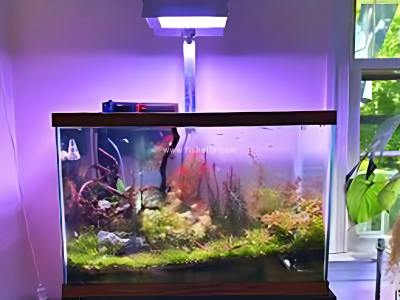
Provide Good Water Flow: A slow filter or air pump provides equal distribution of CO2 and nutrients.
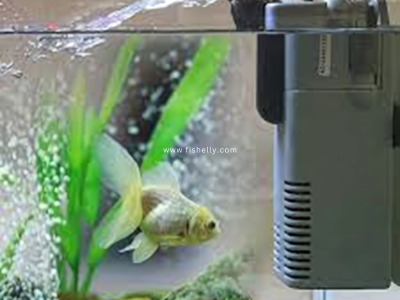
Trim and Care for Plants Periodically: Dead leaves must be removed, and overgrown plants must be pruned to maintain healthy and efficient plants.
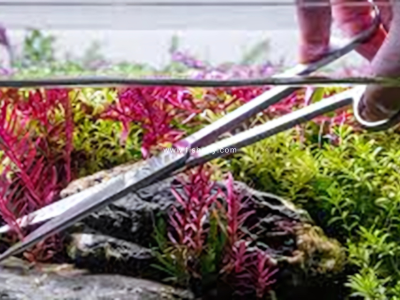
Faq
1. Can live plants replace a filter?
No, they help but cannot fully replace mechanical filtration.
2. How do plants clean aquarium water?
They absorb toxins like ammonia and nitrates, produce oxygen, and control algae.
3. Best plants for natural filtration?
Anubias, Java Fern, Amazon Sword, Hornwort, Duckweed, Water Wisteria.
4. Do plants reduce water changes?
Yes, but regular water changes are still needed.
5. Do plants need special lighting?
Yes, most need moderate to high light; some low-light plants exist.
6. Do plants increase oxygen?
Yes, during the day; at night, they consume oxygen.
7. Can plants prevent algae?
Yes, they absorb excess nutrients that algae need.
8. Do plants need fertilizers?
Sometimes, if nutrients are lacking.
9. How often should I trim plants?
When overgrown or with dead leaves.
10. Are live plants good for fish?
Yes, they improve water quality and provide shelter.
Conclusion
Live aquatic plants can in fact act as natural filters for aquariums, improving water quality by removing toxins, releasing oxygen, and cutting down on algae growth. Though they cannot do the job of conventional filtration methods, they play an important part in providing enhancements that promote general health and stability of the aquarium. By opting for the suitable plants and correctly caring for them, aquarists can cultivate a lovely and eco-friendly aquatic ecosystem.
Have questions? Drop a comment below! #fishelly_official Fish Community






